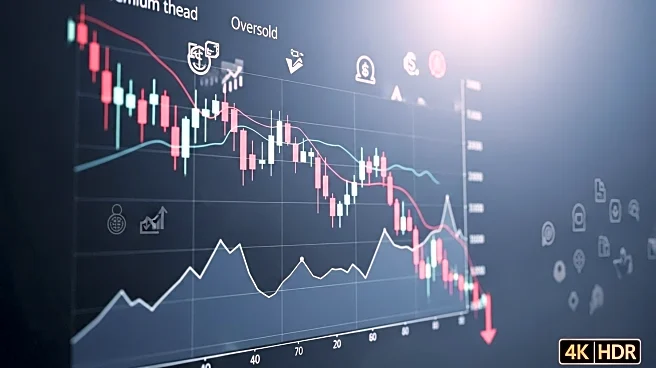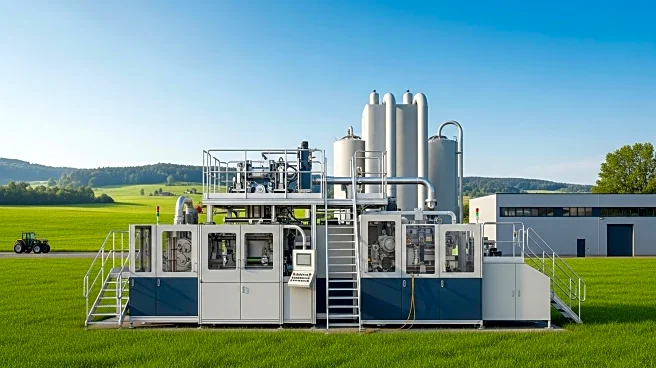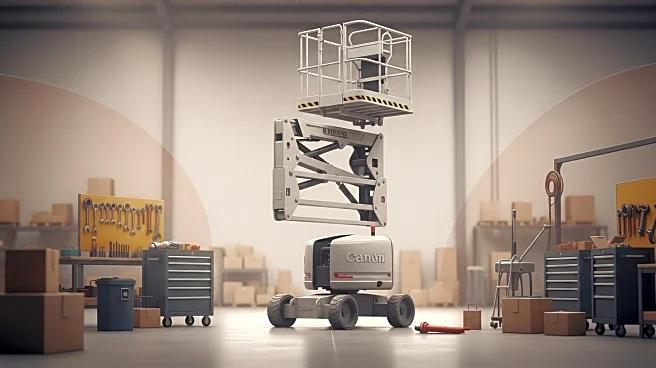What is the story about?
What's Happening?
Home Depot, along with other industry leaders, is redefining reverse logistics by transforming it from a cost burden into a strategic advantage. At the CSCMP Edge 2025 conference, executives from Home Depot, Liquidity Services, Inc., and DHL discussed innovative approaches to managing returns, refurbishment, and recycling. Troy Campbell, Home Depot's Director of Reverse Logistics, highlighted the company's mature reverse logistics program, which scales operations and recaptures value, reshaping retail supply chain expectations. Home Depot's reverse logistics network handles approximately $1.9 billion in returns and generates $200 million in sales through liquidation channels, while recycling efforts contribute $3.2 million in revenue annually.
Why It's Important?
The evolution of reverse logistics into a strategic function has significant implications for supply chain leaders. By treating returns as value streams, companies like Home Depot can leverage data to make quicker decisions, integrate reverse and forward networks for efficiency, and position circularity as a cost mitigator and differentiator. This shift is crucial as circular economy practices become increasingly important in reducing waste and enhancing sustainability. The ability to manage returns effectively can provide a competitive edge, allowing companies to reclaim margins and engage more deeply with consumers through secondary market channels.
What's Next?
As reverse logistics continues to evolve, companies are likely to expand their use of secondary market channels, such as bin stores and direct-to-consumer marketplaces, to handle returned goods. These strategies not only reduce logistics friction but also offer better margins compared to traditional B2B channels. Supply chain leaders will need to embed reverse logistics as a core discipline, measure its impact rigorously, and align it with broader business transformation efforts. The focus will be on leveraging circularity to drive competitive advantage and sustainability.
Beyond the Headlines
The transformation of reverse logistics into a strategic advantage highlights the growing importance of circular economy practices in retail supply chains. By integrating reverse logistics with forward networks, companies can enhance efficiency and sustainability, reducing environmental impact while improving profitability. This shift also reflects broader industry trends towards sustainability and resource optimization, which are becoming critical components of corporate strategy.
AI Generated Content
Do you find this article useful?













